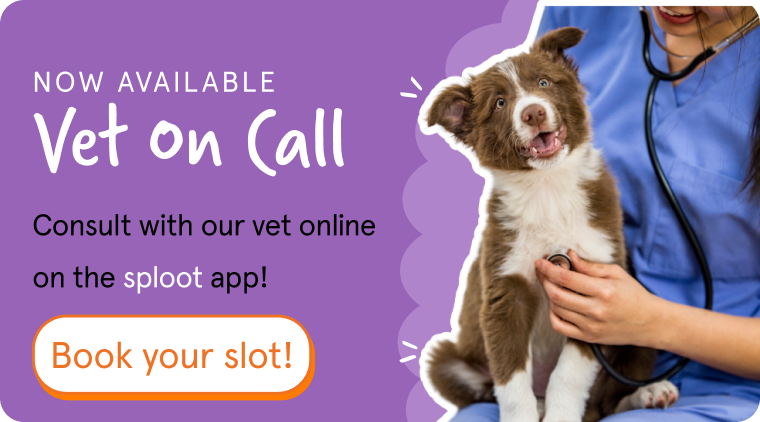What to do when another dog bit my dog?

When a dog is bitten by another dog, it can be a distressing experience for both the pet and the owner. Addressing the bite promptly and effectively is crucial to prevent complications. This guide will navigate the steps to take if another dog bit my dog, incorporating essential keywords to enhance understanding and response strategies.
Immediate Response to Dog Bites
When my dog was bitten by another dog, the first step is to assess the severity of the bite. If there's swelling, no blood, or if the dog is shaking, these symptoms can indicate the seriousness of the injury and potential shock or infection.
Assessing the Bite
If my dog got bit by another dog, checking the wound is crucial. A bite without bleeding can still cause internal damage or infection. Even a seemingly minor bite can lead to complications if not properly treated.

Treatment of Dog Bites
For minor wounds where my dog was bitten by another dog but no blood is visible, cleaning the area with mild soap and water might suffice. However, for more serious bites, especially if my dog got bit by another dog and is shaking, immediate veterinary attention is needed.
Veterinary Care
After a bite, how to treat a dog bite on another dog involves professional veterinary assessment. The vet can clean the wound, administer antibiotics to prevent infection, and recommend pain relief or other treatments.

Monitoring and Aftercare
Following the initial treatment, monitoring the bitten dog for signs of infection or behavioral changes is essential. Pain, increased swelling, or changes in appetite or activity level can all indicate complications.
Legal and Ethical Considerations
If my dog bit another dog, understanding the legal implications is important. Depending on local laws, you might be liable for the other dog's veterinary expenses or, in severe cases, subject to legal action.

Preventing Dog Bites
Preventing future incidents involves training, socialization, and understanding dog behavior. Ensuring that your dog is well-socialized and trained to respond to commands can reduce the risk of biting incidents.
Handling Aggression
If your dog shows aggression or has bitten another dog, consulting a professional dog trainer or a veterinary behaviorist is crucial. They can assess the underlying causes of aggression and recommend strategies to mitigate future risks.
Documentation and Insurance
Documenting the incident, including the circumstances leading up to the bite and any medical treatment received, is important for insurance purposes and potential legal considerations.
Community Responsibilities
Responsible pet ownership involves adhering to community guidelines regarding pet behavior and public safety. Ensuring your dog is leashed in public spaces and respecting the rights and safety of others can prevent biting incidents.
Long-Term Health and Behavior Monitoring
After a dog has been bitten, long-term monitoring of their health and behavior is crucial to detect late-onset complications like fear aggression or trauma-related anxiety.
Conclusion: Navigating Dog Bite Incidents
If another dog bit my dog, taking immediate and appropriate action can mitigate health risks and legal repercussions. Understanding the causes, knowing how to respond, and taking preventive measures can help ensure the safety and well-being of all involved, fostering a responsible and informed pet-owning community.

